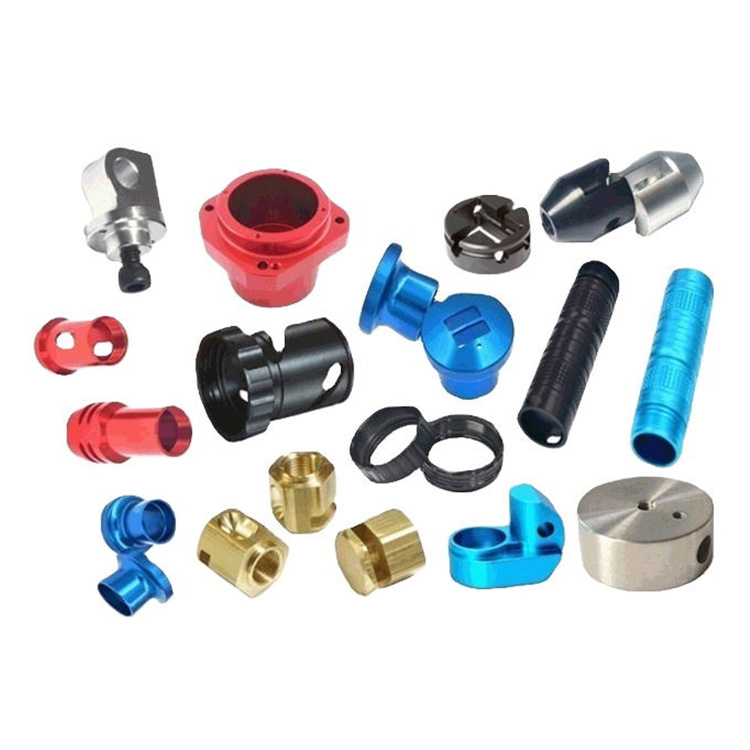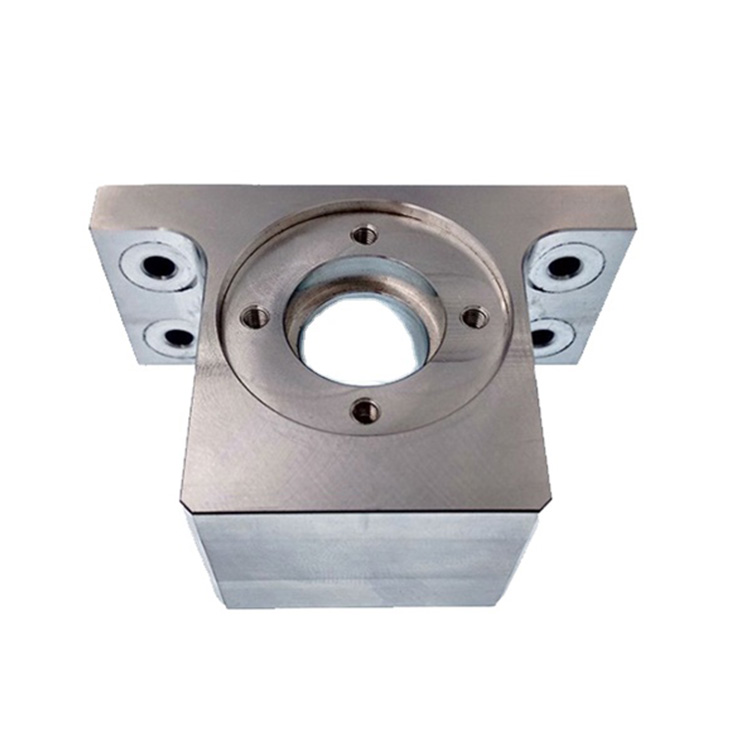
What are Components Suitable for Precision CNC Machining
We know that precision machining has high precision requirements, good rigidity, high manufacturing accuracy, and precise tool settings, so it can process parts with high precision requirements. So what are the components suitable for precision machining? The editor introduces the following content:
Firstly, compared with ordinary lathes, CNC lathes have a constant wire speed cutting function, which allows for the same wire speed to be machined on both the lathe end face and outer diameters of different diameters, ensuring uniform surface roughness values and relatively small. A regular lathe has a constant speed, and the cutting speed varies with the diameter. When the material of the workpiece and tool is used, the precision machining allowance and tool angle are constant, and the surface roughness depends on the cutting speed and feed speed.
When surfaces with different surface roughness are used, surfaces with smaller roughness require smaller feed rates, while surfaces with larger roughness require higher feed rates with good variability, which makes it difficult to achieve on a regular lathe. Complex contour components. Any planar curve can be approximated by a straight line or a circular arc. CNC precision machining has the function of circular interpolation, which can handle various complex contour components. The use of CNC precision machining requires careful operation by the operator.
CNC precision machining mainly includes fine pressing, fine boring, fine milling, fine grinding, and grinding processes:
(1) Fine pressing and fine boring: This method is used to process the most precise lightweight alloy (aluminum or aluminum or magnesium alloy) aircraft components. Usually, natural single crystal diamond tools are used, and the arc radius at the edge of the blade is less than 0.1 micrometers. Processing on high-precision lathes can achieve a precision of 1 micron and uneven surface, with an average height difference of less than 0.2 microns and coordinate accuracy of ± 2 microns.
(2) Fine grinding: used for processing aluminum or beryllium alloy structural components with complex shapes. By relying on the accuracy of guide rails and machine tool spindles, higher mutual positioning accuracy can be achieved. High speed milling and precise mirror polishing for diamond tips.
(3) Fine grinding: used for machining shaft or hole components. Most of these components are made of hardened steel and have high hardness. Most high-precision grinding machine spindles use static or dynamic pressure hydraulic bearings to ensure high stability. In addition to the influence of the rigidity of the machine tool spindle and bed, the final accuracy of grinding is also related to the selection and balance of the grinding wheel and the machining accuracy of the workpiece center hole. Fine grinding can achieve a size accuracy of 1 micron, and the circular shape is 0.5 microns.
(4) Grinding: Using the principle of mutual research of matching parts to select and process irregular lifting parts on the surface. The abrasive particle size, cutting force, and cutting heat can be precisely controlled, making it the most accurate machining method in precision machining technology. The hydraulic or pneumatic mating parts of the precision servo section of the aircraft and the bearing parts of the dynamic pressure gyroscope motor are processed in this way to achieve an accuracy of 0.1 or 0.01 microns, and are negligible at 0.005 microns.









